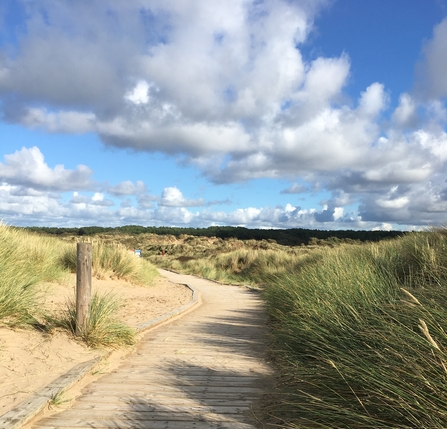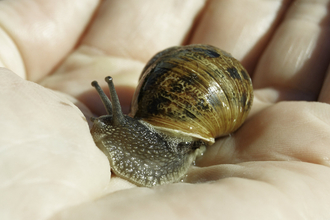Rediscovering the Sefton Coast's botanical treasures
Stretching for around 30km from Bootle Docks to Southport, this vast coastal system is a haven for wildlife and rare plants, shaped by centuries of wind, water and shifting sands. In his article Wild Flowers of the Sefton Coast, Smith shared just how botanically rich these dunes really are - supporting more than 900 species of vascular plants, including some of the UK's rarest.





